2023.11.09
From The Discovery of Piranesi's Final Project
9 November 2023 Thursday
I started the day with typing out last nights notes. Pleased with what I wrote, I was in a good mood the rest of the day. In the afternoon, I cut down the frost damaged celosia, and, since it was a nice day, enjoyed a congratulatory beer out back. As usual, I dined with George, this evening a Supreme Pizza. Later, I thought about all the various personages presented throughout The Discovery of Piranesi's Final Project, and how they all deserve some kind of special thanks. So yeah, thanks to all of you. I also thought about some potential, future art projects. Ultimately, however, I wrote no notes before falling asleep.
2018.11.09
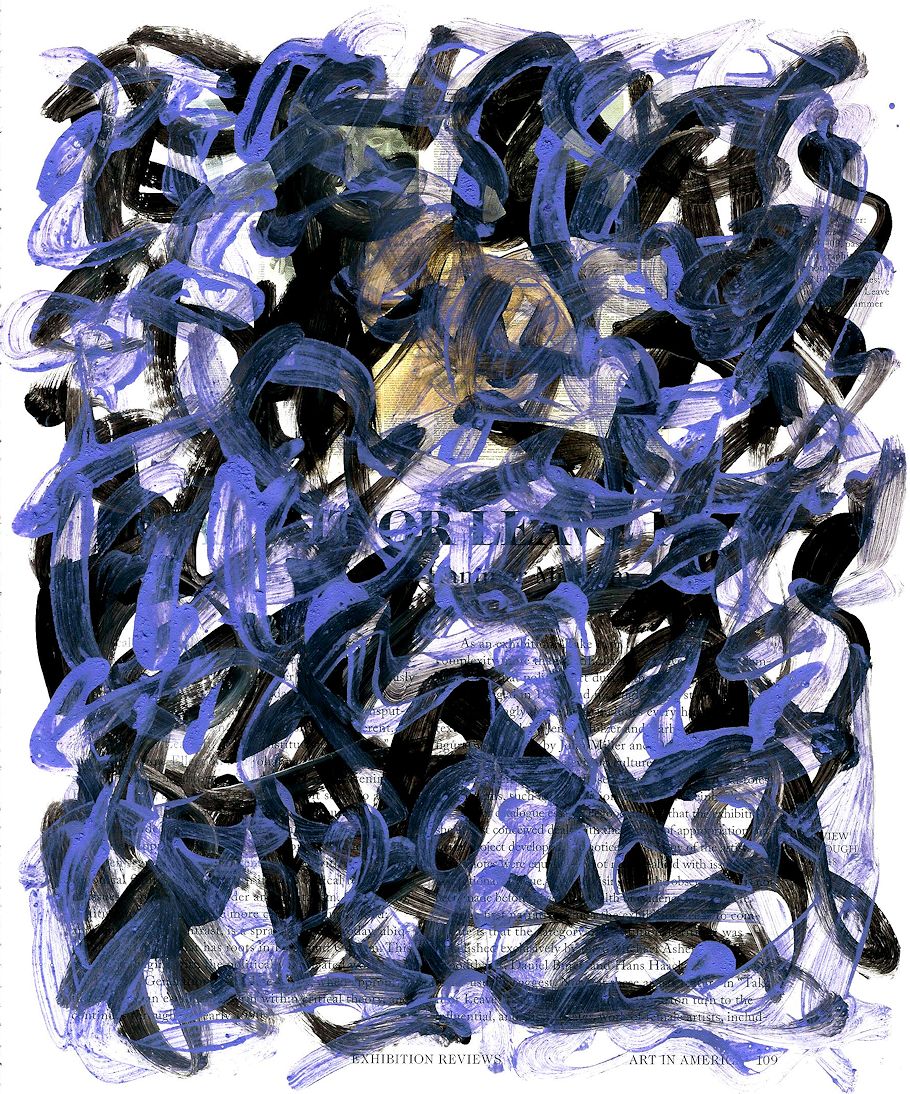
page painting 013
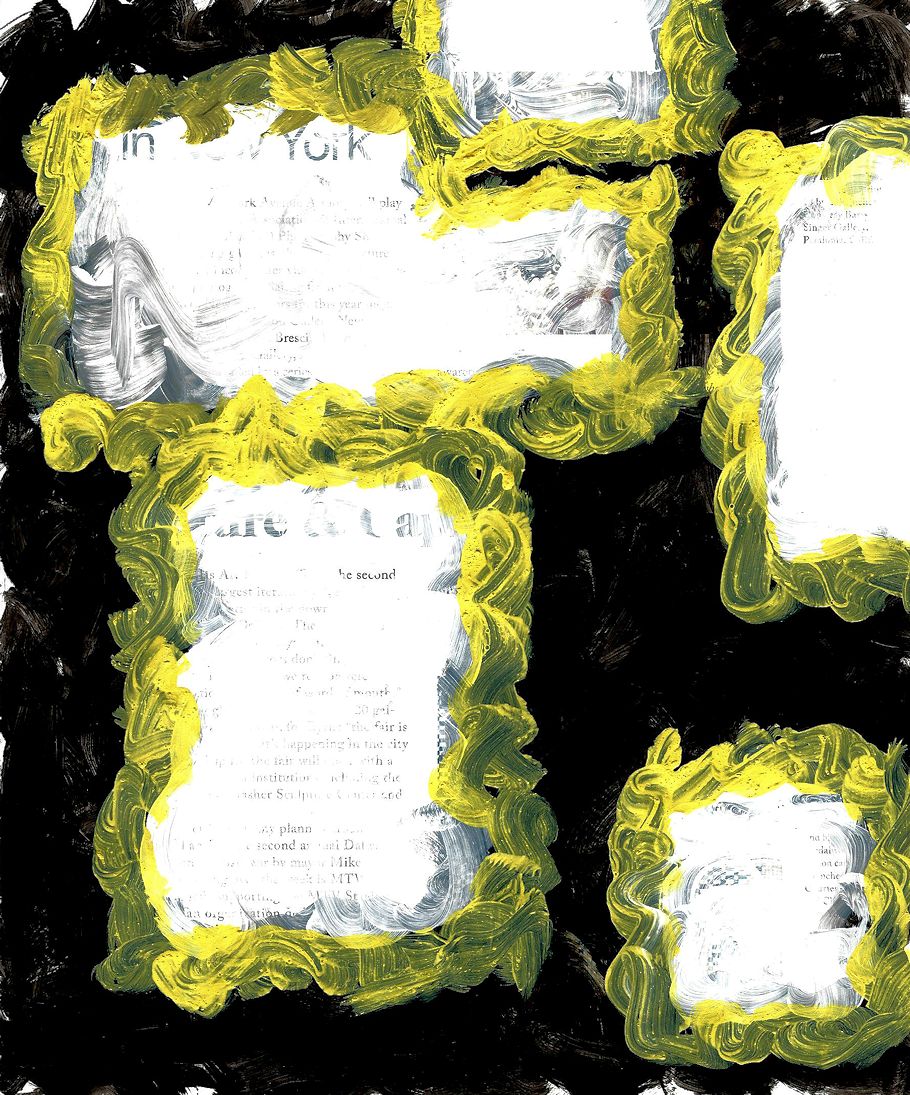
page painting 016
2013.11.09
Why won't you design what we (the public) want?
One of the saddest things about this whole thread is the overall passivity of both sides. And one of the greatest ironies is that the 'traditionalists' want change and the 'modernists' want things to stay as they are.
What's lacking from this 'argument' is the role of mediation (starting with the printed image through to the digital) and its effect on what people like/want.
2007.11.09
[C]Space Pavilion Blog launched...
And here I thought I was just being crazy.

2003.11.09
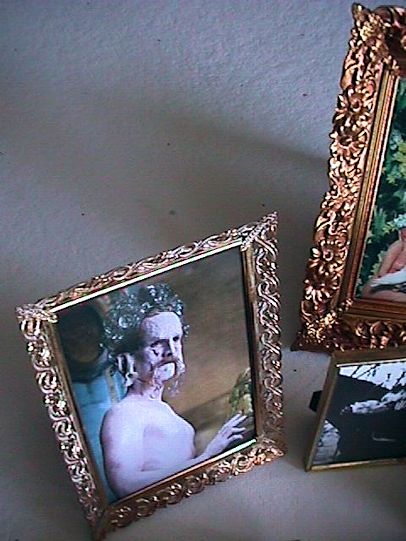 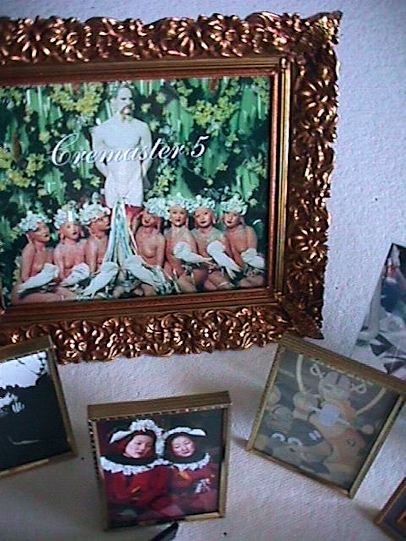 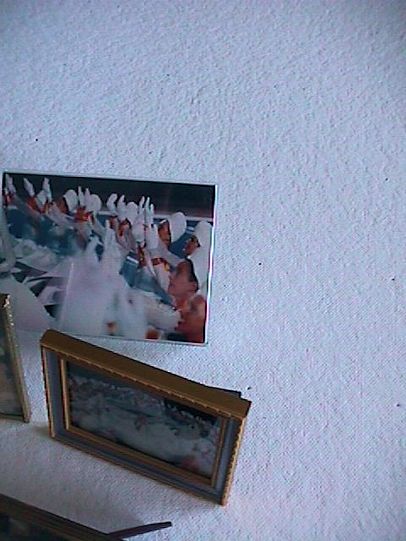  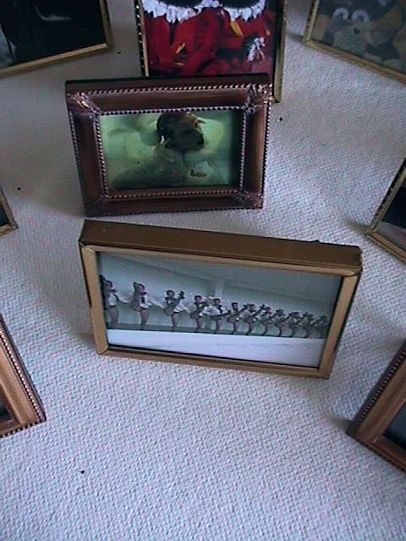 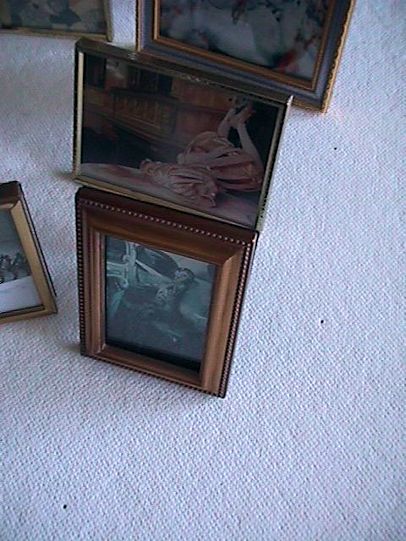
Lauf's Forbidden Cremaster Collection
2003.11.09
Re: the difference between shit and extasis
Pat writes: the others are frequently becoming "idiots" because they can't perceive their "art" is actually perceived as bull sh....... by a majority. even so then they keep on, eventually sustained by their idea of being misunderstood, or trying to impose some ideas to others those others would never accept. or they consider the law of majority rule as a sh... for being strongly motivated individualists but sometimes they can't understand such misunderstanding, and keep pushing on without any result, neither for them.
Steve asks: If what you write is indeed true (as opposed to hypothetical), then there are no doubt plentiful examples to offer. Can you at least supply us with a few?
Pat also writes: sometimes their public is more absurd, and can't see the talented work the others should see as a new process of expression.
Steve adds: Good examples of this are van Gogh and Duchamp (and there are still some that don't see all that much regarding Duchamp's art, and, who knows, they may still be right).
2000.11.09
inconsistencies and hyperboles?
Thanks for your replies. I now have a better understanding of your evolutionary theory of architectural styles, and for that I'm grateful.
I'll add a few comments, however.
1. I agree that historians will never really know what an artist was thinking, and to that end whenever I analyze historically I try to give exact textual reference and/or make it clear that what I say is my opinion/interpretation (hopefully with some basis). Nonetheless, there is that (exciting) element about historical research that is akin to being a detective finding clues and then 'fabricating' a possible or likely scenario. Moreover, it is more and more the historian's job today to search out and correct the mistakes of previous historians (a kind of Baroque activity?).
2. I'd like to be on the record for proposing that in essence the Baroque involved: a) a bifurcation of reality and illusion, b) pervasive mirroring (figuratively and literally), and 3) reality reenacting its own illusory mirror. For now I'm working on the premise that the combination of these three attributes is mostly unique to the Baroque. [I am not asserting, however, that the artists of the Baroque were actively thinking about the combination of the three attributes when creating their works. I'm simply calling out a (distinct?) pattern that (for me at least) is there.]
3. Please consider my contributions to the recent discussion as addressing the notion of emergence of style as opposed to the invention of a style. [Although, I have to again stress that there really is a lot of invention going on within the designs of Michelangelo's fortifications of Florence.]
4. I'm going to venture into some new activity at architecthetics, and that is to outline and ruminate on the beginnings of Christian Church architecture and specifically the (very possible) role that Flavia Julia Helena Augusta (the mother of Constantine, St. Helena) played within those beginnings. I'll be sporadically sending posts that are more notes than polished texts, and the intention is simply to share the information I've gathered as well as invite comments and questions.
1992.11.09
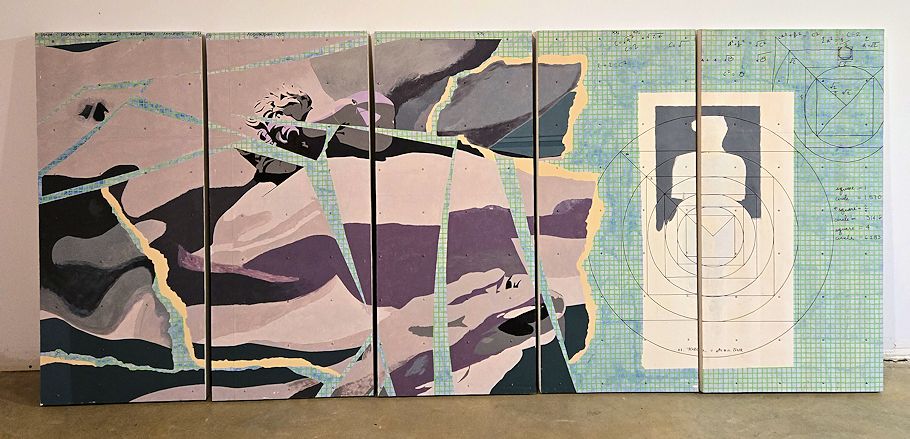
Ball and All
|